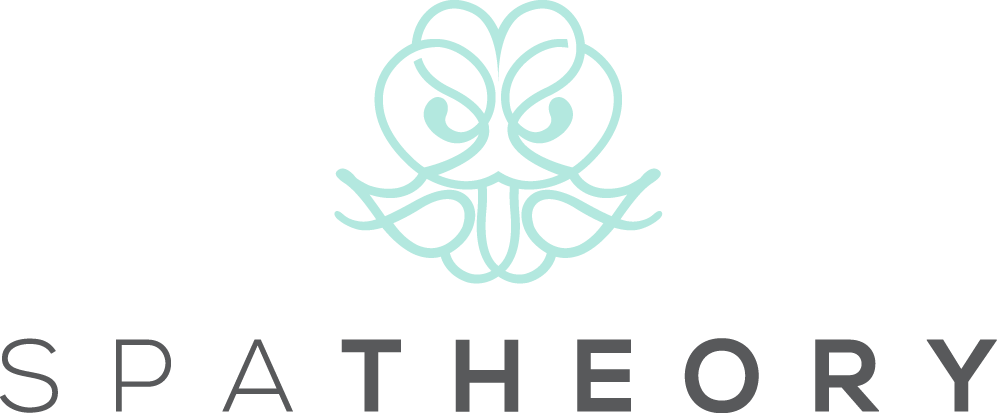Massage for Sciatica: Benefits and Techniques
Sciatica, the shooting pain, numbness, or tingling that originates in the lower back and travels down the leg, can be a disruptive and distressing condition. Caused by the compression or irritation of the sciatic nerve, this debilitating pain can have a significant impact on your daily life.
While medications and physical therapy may provide relief, massage therapy is emerging as a popular and effective method for alleviating sciatica symptoms. In this in-depth blog post, we will explore the benefits of massage for sciatica, the techniques that can provide relief, and how to safely incorporate massage therapy into your treatment plan.
What is sciatica?
Sciatica is a condition where the sciatic nerve - which runs from your lower back to your foot - is compressed, or “pinched”. Sciatic pain can be incredibly debilitating, and can be categorized as a burning sensation, often accompanied by a tingling or dull ache.
What are the benefits of massage for sciatica?
Massage therapy offers a range of benefits for those suffering from sciatica, including:
Pain relief
One of the primary advantages of massage therapy is its ability to provide immediate pain relief; by targeting specific muscles and applying gentle pressure, massage can help release muscle tension, reduce inflammation, and alleviate pain caused by sciatica.
Improved blood circulation
Massage therapy can increase blood circulation in the affected area, delivering essential nutrients and oxygen to the muscles and nerves. Improved circulation can facilitate healing, and reduce inflammation, making your body function more optimally overall.
Reduced muscle tension
Muscle tension can exacerbate sciatica pain, which can make it difficult for sufferers to continue to lead active lives; massage therapy will help to relax tight muscles, which can relieve pressure on the sciatic nerve and render movement easier over time.
Increased flexibility and mobility
Sciatic pain can even impact your mobility, but regular massage therapy can improve flexibility and your range of movement, allowing you to move more freely and with less pain. This can help reduce the strain on your lower back while even helping to decrease the likelihood of future sciatica flare-ups.
Improved wellbing
Those suffering with sciatica often report higher levels of depression, anxiety, and stress, all of which can make managing the condition even more difficult. As massage therapy helps to promote the release of happy-hormones known as endorphins, regular massage therapy can boost your mood and enhance your emotional wellbeing. And if you don’t feel like traveling to and from a massage parlor or spa, a mobile massage company in Atlanta can bring the massage table to your residence.
Best massage techniques for sciatica relief:
There are many different massage techniques that can be beneficial for those suffering from sciatica, but please do remember that no two sciatic sufferers are identical in their symptoms. Not all massage techniques will be effective for everyone, so it’s important to find a massage that is enjoyable, as well as being effective for your own needs:
Deep tissue massage
A deep tissue massage will target the deep layers of the muscles and their surrounding connective tissue, helping to release chronic muscle tension. This technique can be particularly helpful for individuals with sciatica, as it can alleviate pressure on the sciatic nerve caused by tight muscles.
Trigger point therapy
Trigger point therapy focuses on specific areas of muscle tension, known as trigger points, which can cause radiating pain - that’s that burning sensation symptomatic of sciatic issues. By applying sustained pressure to these points, a trained massage therapist can help release muscle knots and alleviate sciatica pain.
Myofascial release
Myofascial release is a gentle technique that targets the connective tissue (also known as fascia) surrounding the muscles. This technique can help release restrictions in the fascia, reducing pain and improving mobility for those with sciatica.
Swedish Massage
Swedish massage is a gentle and relaxing technique that involves long, flowing strokes. While not as targeted as deep tissue massage or trigger point therapy, Swedish massage can still help alleviate muscle tension and promote relaxation, providing those all-important endorphins.
How to use massage therapy to improve sciatica
Before incorporating massage therapy into your sciatica treatment plan, it's essential to consult with your doctor or another healthcare provider to ensure it's the right approach for you. Keep the following tips in mind when considering massage therapy for sciatica:
Work with a qualified massage therapist:
It's crucial to work with a qualified massage therapist experienced in treating sciatica; you’ll want to ensure that they will have the knowledge and skills necessary to safely and effectively address your specific needs.
Communicate beforehand
Be sure to communicate your pain levels and preferences with your massage therapist, as this will help them tailor the treatment to your needs, while also ensuring that you receive the most effective and comfortable massage possible.
Listen to your body
Always listen to your body during and after massage sessions. If you experience increased pain or discomfort, let your massage therapist know right away, and consult with your healthcare provider to ensure massage therapy is appropriate for your condition.

